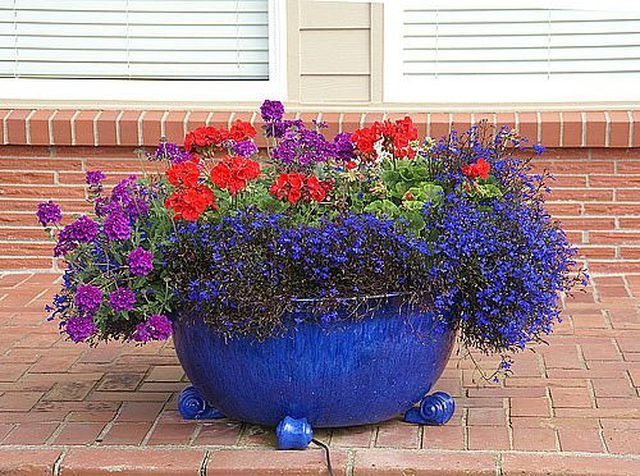Bulbs
Flower Basics
Flower Beds & Specialty Gardens
Flower Garden
Garden Furniture
Garden Gnomes
Garden Seeds
Garden Sheds
Garden Statues
Garden Tools & Supplies
Gardening Basics
Green & Organic
Groundcovers & Vines
Growing Annuals
Growing Basil
Growing Beans
Growing Berries
Growing Blueberries
Growing Cactus
Growing Corn
Growing Cotton
Growing Edibles
Growing Flowers
Growing Garlic
Growing Grapes
Growing Grass
Growing Herbs
Growing Jasmine
Growing Mint
Growing Mushrooms
Orchids
Growing Peanuts
Growing Perennials
Growing Plants
Growing Rosemary
Growing Roses
Growing Strawberries
Growing Sunflowers
Growing Thyme
Growing Tomatoes
Growing Tulips
Growing Vegetables
Herb Basics
Herb Garden
Indoor Growing
Landscaping Basics
Landscaping Patios
Landscaping Plants
Landscaping Shrubs
Landscaping Trees
Landscaping Walks & Pathways
Lawn Basics
Lawn Maintenance
Lawn Mowers
Lawn Ornaments
Lawn Planting
Lawn Tools
Outdoor Growing
Overall Landscape Planning
Pests, Weeds & Problems
Plant Basics
Rock Garden
Rose Garden
Shrubs
Soil
Specialty Gardens
Trees
Vegetable Garden
Yard Maintenance
How to Select Annual Flowers for Containers
How to Select Annual Flowers for Containers. Placing one type of annual flower in your container makes a pretty display, but why not try mixing flower heights? You could choose a flower or vine that trails over the side or add tall plants for balance or use short plants to add bulk. If you choose spring flowers, plan summer flowers to take...

Placing one type of annual flower in your container makes a pretty display, but why not try mixing flower heights? You could choose a flower or vine that trails over the side or add tall plants for balance or use short plants to add bulk. If you choose spring flowers, plan summer flowers to take over as the spring blooms fade.
Flower containers come in all shapes and sizes. You can choose from round, square, or rectangle, and in various heights. Flower containers are typically made of clay, plastic, or ceramics for easily movable plants. Wood, stone, or concrete containers, because of their weight, are for plants that will remain in one spot indefinitely.
When mixing different flowering plants, if any are fragrant, make sure that their combined fragrance is not overwhelming or unappealing. The suggestions listed below are lightly scented, unless noted otherwise.
TRAILING PLANTS
As they grow, trailing plants tumble down the sides of the container. Trailing plants can be vines or cascading flowers.
Candytuft (can also be a short plant)
Ivy (variegated, English, German)
Petunia, "Wave" Variety
Sweet Potato Vine
TALL PLANTS
Obviously, tall plants add height to your planter, but it's that height that makes it look more spectacular.
Aster
Geranium
Marigold (some varieties can also be short)
Snapdragon (can also be a short plant, depending on variety and on surrounding flowers)
Spider Plant
Zinnia (some varieties can also be short)
SHORT PLANTS
The bulk of your planter will be the shorter plants, all of which can be (maybe "should be" depending on your perspective) flowering plants.
Begonia
Candytuft (can also be a trailer)
Dust Miller
English Primrose
Impatiens
Johnny Jump Up
Lobelia
Marigold (some varieties can also be tall; short varieties can give off a strong aroma)
Pansy
Petunia
Snapdragon
Zinnia (some varieties can also be tall)
Tips & Warnings
Succulents can also be used for planters.